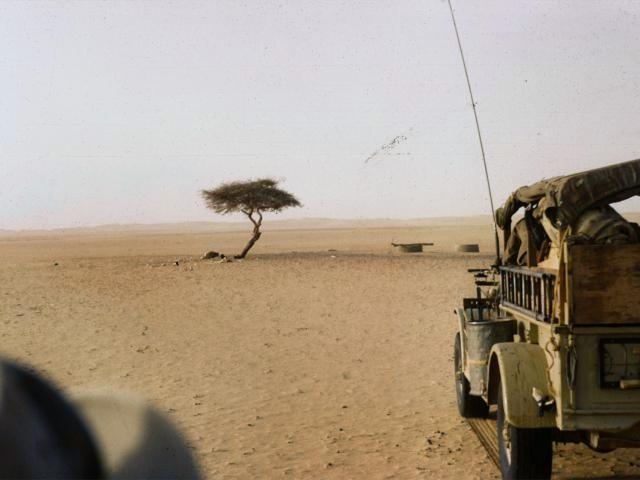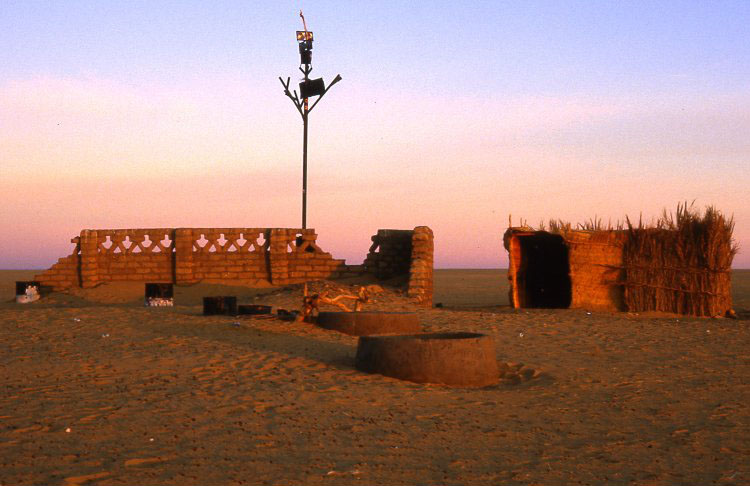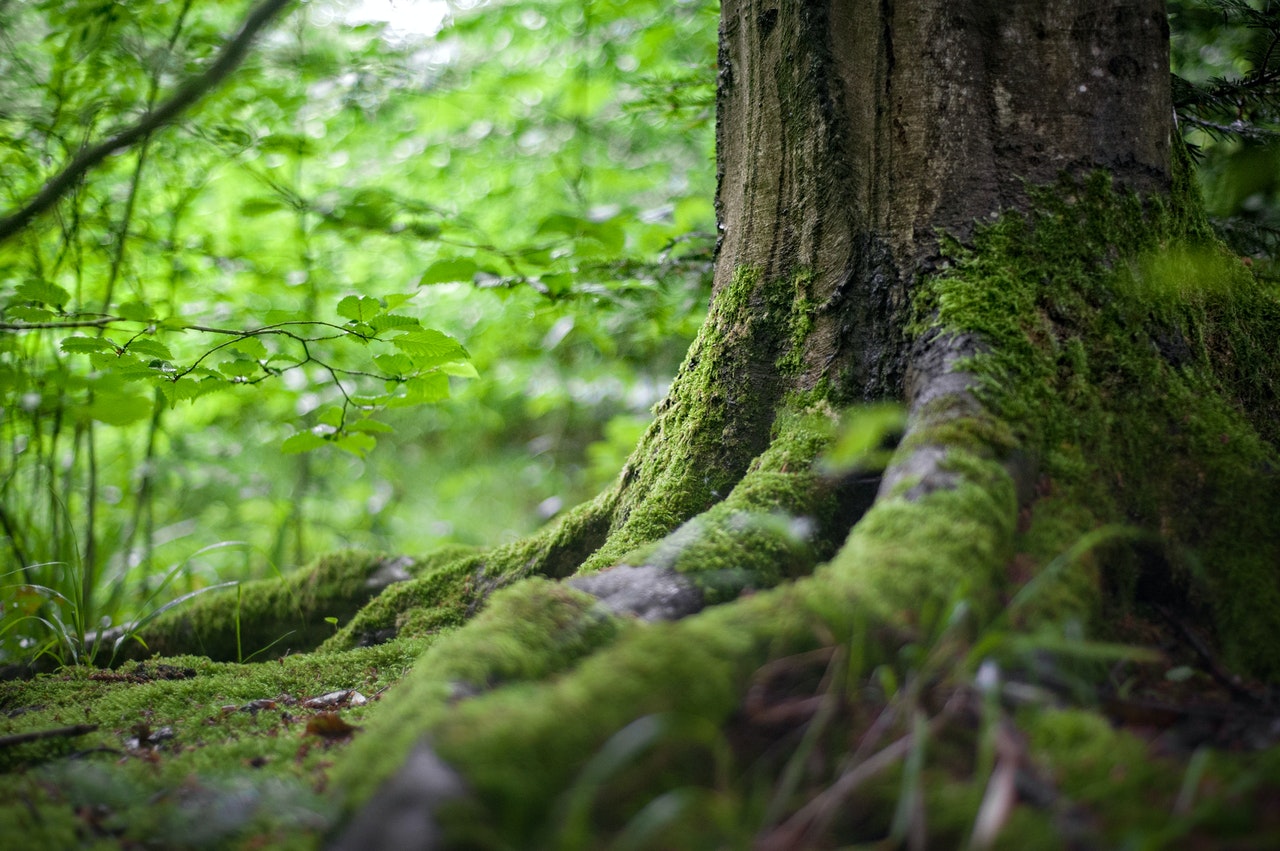The world’s loneliest tree… and its ironic fate
- Complaining about the Mainland - 17th August, 2024
- New island designation – is it just greenwash? - 26th April, 2024
- Police and Crime Commissioners – a solution or a problem? - 21st April, 2024
A recent post on Damn Interesting drew the Ranger’s attention to a tree he’d vaguely heard of, but of which he never really knew the story.
 The Tree of Ténéré in 1961
The Tree of Ténéré in 1961The Tree of Ténéré (or l’Arbre du Ténéré) was an acacia in the Ténéré desert, an area of the Sahara in Niger. It was the very last of a once-great forest, and towards the end of its life it was in fact the only tree in a 400 kilometre (250 mile) radius. This made it an important landmark, one which was marked with respect and affection by travellers in the great desert.
Commandant Michel Lesourd, of the Service Central des Affaires Sahariennes, wrote on 21 May 1939:
One must see the Tree to believe its existence. What is its secret? How can it still be living in spite of the multitudes of camels which trample at its sides. How at each azalai does not a lost camel eat its leaves and thorns? Why don’t the numerous Touareg leading the salt caravans cut its branches to make fires to brew their tea? The only answer it that the tree is taboo and considered as such by the caravaniers. There is a kind of superstition, a tribal order which is always respected. Each year the azalai gather round the Tree before facing the crossing of the Ténéré. The Acacia has become a living lighthouse; it is the first or the last landmark for the azalai leaving Agadez for Bilma, or returning.
In 1973, the inevitable tragic and ironic incident occurred, a drunken Libyan lost control of a vehicle, drove his truck into the tree and snapped it off. The tree was destroyed. This is not a dissimilar story the the regular dismal tales of drunken drivers and trees that litter local newspapers in this country, thirty years later – except there is no record of appalled Nigereans blaming the council for not putting up barriers or maintaining the road.

The Tree of Ténéré sculpture
And what of the tree? Its death caused a remarkable amount of sorrow in Niger – so much so that in 1974 the government issued a stamp to commemorate the anniversary of its death. The Niger National Museum in the Nigerean capital, Niamey, now hosts the remains of the tree, which is said to have been over 300 years old at the time it finally met its end. On the site where it stood – a location still known as l’Arbre du Ténéré – a metal sculpture has now been erected: but no trees. See also: a history of l’Arbre du Ténéré in photographs
Republished 2012 with new links and images


Thanks for this, even though like Ruth I just feel sad after reading it.
Tree Aid work in sub-Saharan Africa (including Niger) supporting local people who plant new trees. They won’t be wild, of course, like the Tree of Ténéré, but better some trees than no trees.
See http://www.treeaid.org.uk/
and http://www.treeaid.org.uk/our-work/where-we-work/.
I felt rather sad when I read this story. It reminded me of a tortoiseshell butterfly that once hibernated above our staircase. Every day I looked at it wondering when it would awake and fly off to find nectar. One warm spring day I found it fluttering against a window, so I gently picked it up and took it into the garden. It paused for a moment on my open hand then launched itself into the air….and the swooping beak of a flycatcher.
Isn’t it amazing that even in a desert, people in cars can still hit the only tree for miles, I thought that only happened in this country!